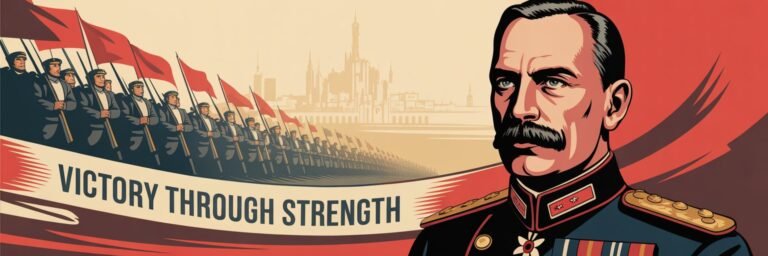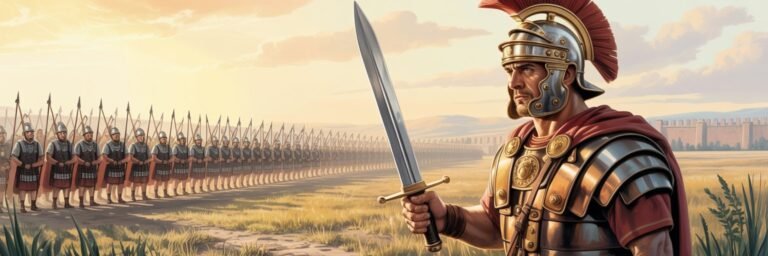INTRODUCTION
Peeling back the veneer of iconic speeches, strategic might, and diplomatic wrangling, history’s great leaders reveal much about their era’s everyday life. Lives lived under the aegis of rulers such as Alexander the Great, Genghis Khan, or Queen Victoria were often significantly different from our modern lives. Yet, under that historic weight, one can find an unbroken string of humanity that connects the past with the present.
HISTORICAL BACKGROUND
Beginning in the ancient times, one of the most notable figures, Alexander the Great ruled from 356 – 323 BCE. His leadership transformed the Graeco-Macedonian world, extending his empire from Greece to Egypt and India. His conquests resulted in cultural syncretism, making Greek culture and language the standard of his vast empire.
Leaping forward to the 13th century, Genghis Khan’s reign from 1206 – 1227 saw him unifying nomadic tribes across Northeast Asia to form the vast Mongolian Empire. Society under Khan focused on military prowess, respecting strength, discipline, and efficiency.
Finally, travel to the 19th century England led by Queen Victoria from 1837 – 1901. An era defined by significant industrial, cultural, and scientific changes within the United Kingdom. It was a time of significant societal and cultural changes in manners, morality, and domesticity.
THEORIES AND INTERPRETATIONS
Historians have noted Alexander’s empire led to the Hellenistic era where the infusion of Greek culture with those he conquered led to a relative degree of tranquility and cultural exchange. The life of a common citizen, whether in Egypt or Eastern Europe, was influenced by Greek education, language, and customs. Despite living under autocracy, there was relative freedom allowed in society as long as political loyalty to the empire was maintained.
Under Genghis Khan, historians have described a paradoxical society: brutal yet economically advanced. Scholars like Jack Weatherford in his work “Genghis Khan and the Making of the Modern World” have argued that Genghis Khan’s conquests, while violent, integrated isolated economies, creating vast transcontinental trade routes, fostering economic growth and daily prosperity for many in his domain.
Similarly, Queen Victoria’s reign, albeit in a democratic monarchy, upheld strict societal norms. As Judith Flanders’ “The Victorian City: Everyday Life in Dickens’ London” outlines, the age was characterized by a conservative view of the family and, to a certain degree, repression. However, tangible progress in medicine, technology, and industrialization significantly improved the quality of life and extended life expectancy.
MYSTERIES AND CONTROVERSIES
While mainstream academia highlights the leadership of these historical figures, controversies arise when considering lesser-known accounts. Alternative theories speculate that these leaders’ actual impact on everyday life may have been less direct than often assumed.
For Alexander, some argue that the widespread Hellenistic culture was not a result of his policies but of his successors. Regarding Genghis Khan, some argue that his legacy is over-romanticized, overlooking large-scale massacres and cultural destructions that severely affected everyday life in conquered territories.
In Queen Victoria’s reign, her public image contrasts with her private persona. Jennifer Worth’s ‘The Midwife: A Memoir of Birth, Joy, and Hard Times’ suggests that despite the façade of a peaceful and prosperous state, the era was rife with poverty, disease, and immense social disparity, often overlooked in mainstream historical interpretations.
SYMBOLISM AND CULTURAL SIGNIFICANCE
Alexander the Great, Genghis Khan, and Queen Victoria are emblematic figures, each representing a significant era in their respective cultures. Although their impact was vast, a particular segment of society that encapsulates daily life in these eras were soldiers, merchants, and the British middle class, respectively. Historical artifacts, literature, and architecture from these eras provide rich contextual snapshots of daily life under these leaders.
MODERN INVESTIGATIONS
In the modern era, historical investigations leveraging advanced technology have provided fresh insights into life under these iconic leaders. Excavated artifacts and cutting edge analysis, such as DNA studies on skeletons from the period of Alexander the Great, have changed our understanding of citizens’ health.
Similarly, a wealth of unearthed documents and archeological evidence has painted a more nuanced picture of Genghis Khan’s impact on ordinary Mongolians. Meanwhile, as archives have been digitized, a new depth of insight into Victorian England is emerging, revealing diverse perspectives on gender, class, and ethnicity.
LEGACY AND CONCLUSION
Ultimately, life under these transformative rulers was a tapestry of complexities, an amalgamation of societal norms, cultural exchanges, and everyday struggles delicately balanced against the backdrop of grand visions and political imperatives.
In every way, history’s great leaders have consistently shaped the contours of their era, crafting a unique set of circumstances and experiences for those living in their shadow. The legacy they’ve left has shaped societies, providing insights that continue to inform our understanding of not only where we’ve come from but also who we are today. Undeniably, the leaders might have been extraordinary, but the daily lives of people during their reign remain the true measure of their lasting impact.



